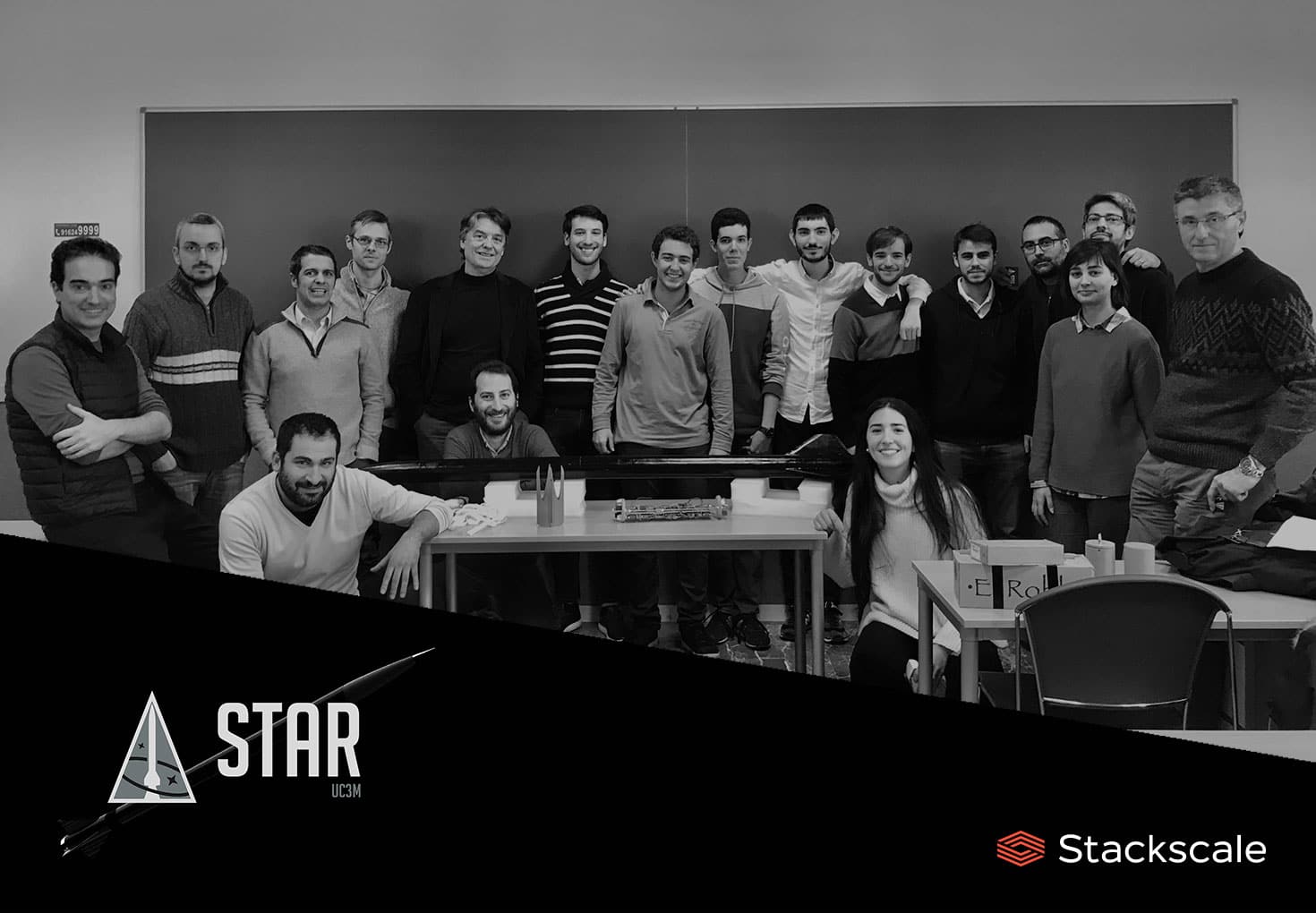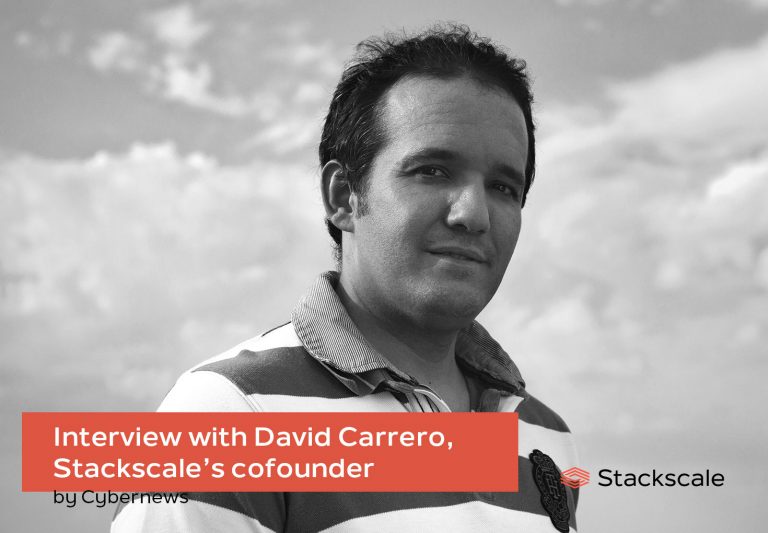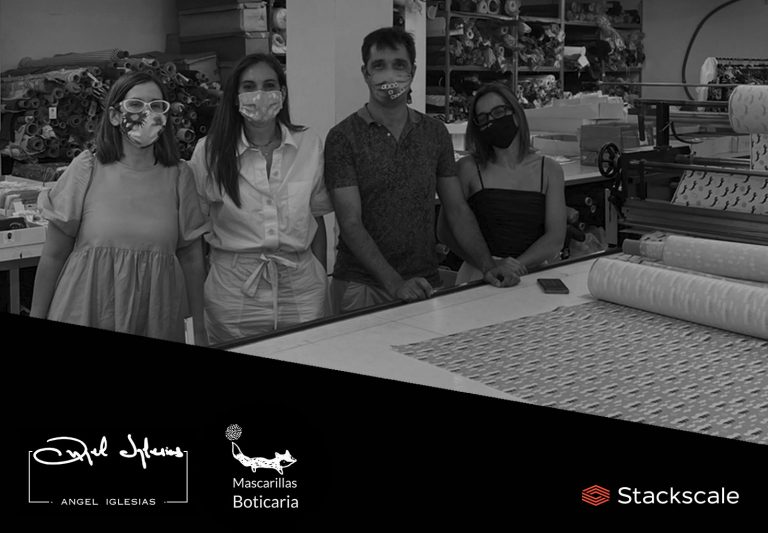Stackscale started to support the student association STAR of the Carlos III University in Madrid (UC3M) some months ago. We provide them with the technical infrastructure they need to be able to carry out their intensive studies and simulations without limits in terms of computing capability.
From the moment they presented their project to us, we found it deeply interesting; full of motivation and ambition. In the following interview they tell us about how they started, how the project has evolved and which computing resources a project like this demands, among other issues.
How did STAR begin?
STAR, Student Team for Aerospace and Rocketry, starts as the materialization of the interest in applying the technical knowledge acquired during the degree and through a group of Aerospace Engineering students at the Carlos III University of Madrid. The idea of establishing a student rocketry team originates from the fact that practical workshops related to the aerospace field were limited during the degree; especially in regards to launchers. In addition to the lack of a consolidated culture of amateur and university rocketry teams in our country.
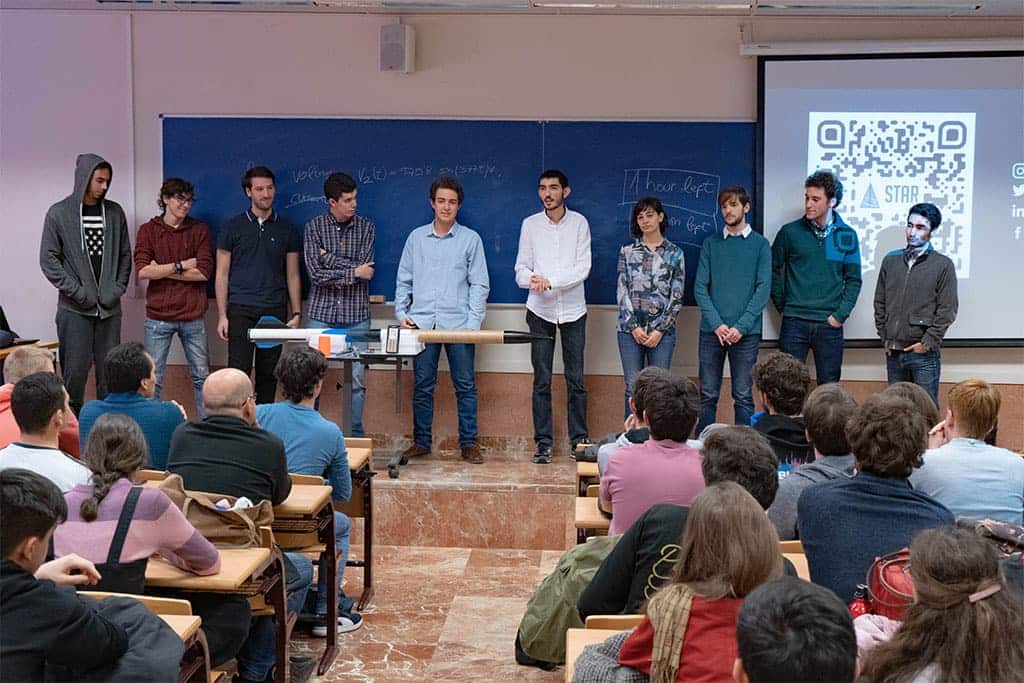
How has the project evolved since it started?
Progress in the development of launchers is usually exponential and so it has been for STAR, both in terms of members and technological advances. In its first year as an association, STAR had less than ten members, who carried out two successful launches with their first vehicle: Rattlesnake.
From then on, the number of team members started to grow until reaching its current situation. STAR is currently formed by 64 students from diverse technical and humanistic disciplines, from different universities in Spain.
As for the technical developments, despite the difficult situation we have lived in during the past year, we have achieved to start building our last vehicle, Astrea-C, which will reach a ceiling of 5000 m. Astrea-C is the first supersonic vehicle the team has developed.
Nevertheless, we want to keep progressing and, in that respect, we have already started the design of our next vehicle. This one will be a two-stage rocket, with an estimated ceiling of 40 km. This implies a significant increase in the project’s ambition and in the technological challenges we are able to face.
Which is your project’s main goal?
The main goal of our association is to develop launchers that broaden the reach and limits of amateur and university rocketry. By doing so, we not only apply the technical knowledge we have acquired during our university studies but we also deepen our knowledge and its implementation in a project development and management case, similar to an industrial environment.
Which is the most thrilling part of being a member of STAR?
The best thing we have in STAR right now, apart from the technical developments we do — which includes innovating in building our own design tools, is the people that are part of it. We are especially proud of the diversity of fields from which our members come from, since it creates a daily learning atmosphere. Of course, the goal which motivates us all is being able to transform a concept and a design into a functional vehicle; as well as enjoying the completion of a well-done job during the day of the launch.
Why were you interested in Stackscale’s bare-metal infrastructure service?
Simulating the effect of the flying conditions is an important part of our design philosophy. Not only to verify a predefined design, but also to be able to optimize the vehicle’s geometry, in order to successfully meet our mission’s goals and requirements.
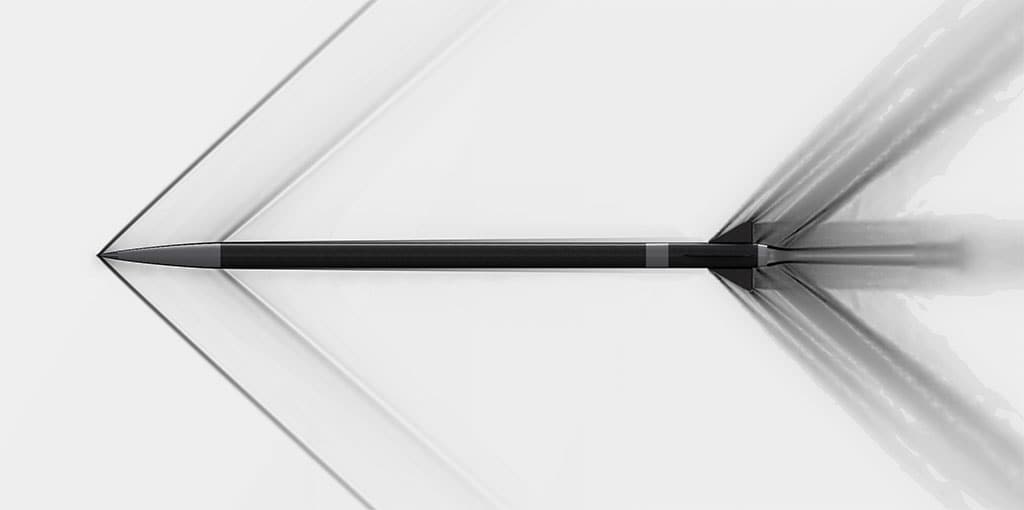
Of course, an intensive study of the vehicle as the one we suggest demands very high computing capabilities and, therefore, superior to those that can be reached using a personal computer or even an infrastructure commonly used for research. That is why Stackscale’s infrastructure enables us to have more flexibility regarding the analysis we can perform and to accelerate the design, validation and verification process of the vehicle.
What do you require from your IT infrastructure?
The bottleneck we have found so far has been the computational working memory, which is an important restriction when it comes to performing complex geometry calculations; with high requirements in terms of integration time and time-step.
On the one hand, among our activities related to the simulation of the vehicle, there is the CFD (Computational Fluid Dynamics) analysis of its external and internal geometry. This includes its optimization and the analysis of certain temporary phenomena such as the nozzles’ internal flow. On the other hand, we take on the structural and aeroelastic verification, as well as the mission’s calculations and the study of the reentry.
How was the migration to Stackscale’s infrastructure?
This migration was mainly based on the installation of the floating calculation software licenses we have, as well as on setting up the server access for the members of the team. Although we have carried out this process before with calculation servers with lower capabilities and, therefore, we are used to it, we have had to adapt to some differences in the infrastructure’s set up.
Discover the case study of the collaboration between STAR UC3M and Stackscale. If you also want to discover more about our bare-metal technical infrastructure or our private cloud solutions, do not hesitate to contact our team of experts.

